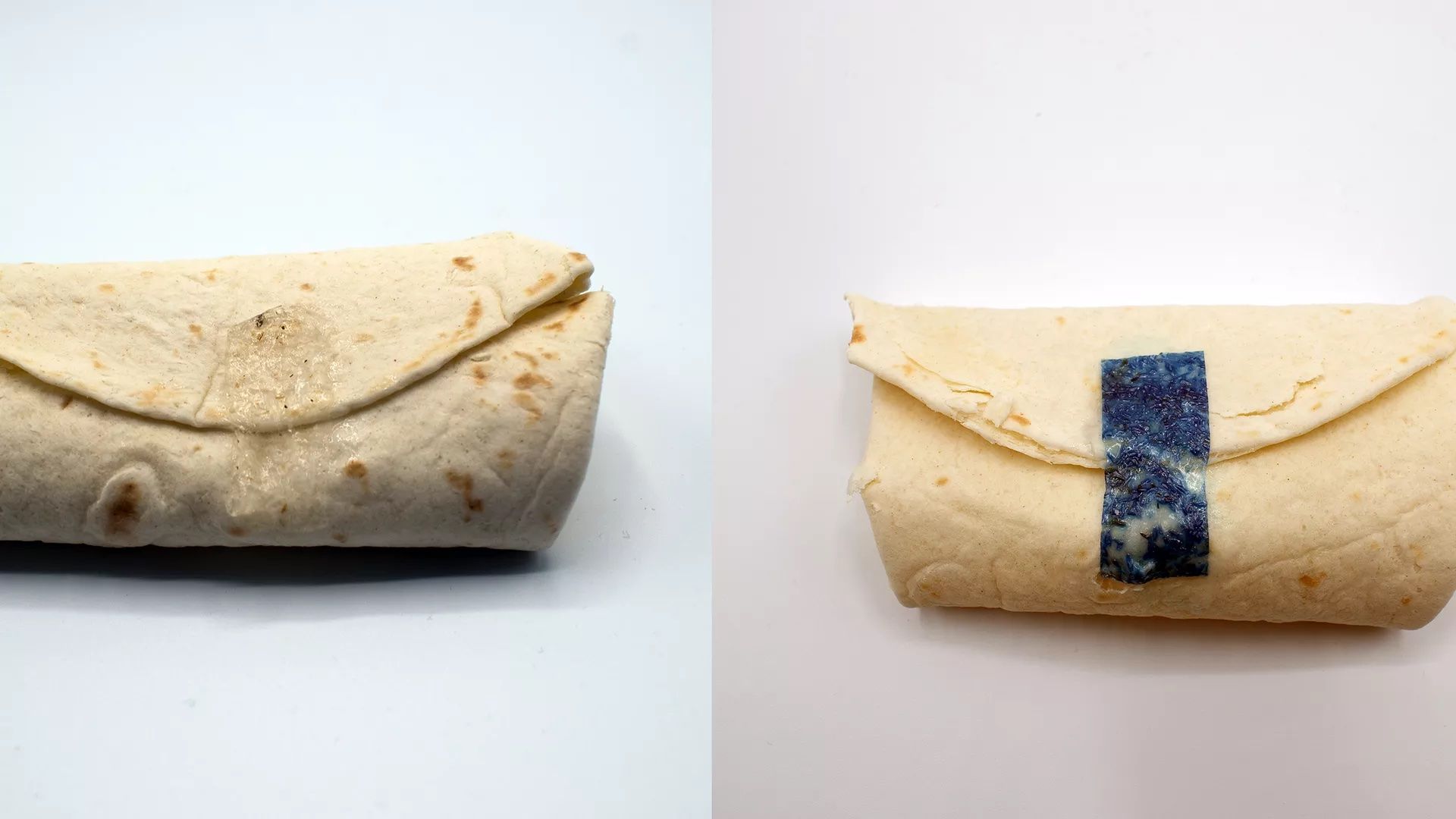| | | | | | | Presented By Robin Powered | | | | Axios What's Next | | By Jennifer A. Kingson and Joann Muller · May 23, 2022 | | This Monday morning, we're brimming with good news for EVs: Consumers are cottoning to them (particularly outside the U.S.), and they're tamping down the amount of oil used globally. - Thanks to What's Next reader Carlos Rojas Carrandi for submitting today's reader photo.
- Got a cool picture to share with us? Email whatsnext@axios.com. (Sorry, no videos!)
Today's Smart Brevity count: 1,121 words ... 4 minutes. | | | | | | 1 big thing: The world's car buyers are ready to go electric |  Data: EY Mobility Consumer Index; Chart: Axios Visuals Consumer interest in electric vehicles has hit a global tipping point, with more than half of car buyers saying they want their next car to be an EV, new research from Ernst & Young shows. - Yes, but: Americans still aren't as enthusiastic as consumers in Europe and Asia.
Why it matters: The world is in the midst of a global transition away from gasoline-powered vehicles, driven by environmental concerns and, in some countries, avoidance of stiff penalties on vehicles with internal combustion engines, Joann Muller writes. Driving the news: 52% of respondents to EY's annual Mobility Consumer Index who are looking to buy a car want an EV, according to the survey of 13,000 people in 18 countries. - That's a leap of 22 percentage points in two years, and the first time that EV interest exceeded 50%, the company said.
- Buyers in Italy (73%), China (69%) and South Korea (63%) were the most interested.
- Consumers in Australia (38%) and the U.S. (29%) showed less interest.
Between the lines: Government policies are likely driving consumer choices in many markets. - The European Union, for example, plans to ban conventional gas-powered vehicles by 2030.
- China wants 40% of vehicles sold to be electric by 2030 and has used buyer subsidies and other policy measures to support the transition.
- In the U.S., President Biden set a target for 50% of new cars to be electric by 2030. But with gas prices spiking, a proposal to boost tax credits for consumers who choose EVs is now getting some congressional pushback.
- For the first time in the poll, 34% of respondents identified rising penalties on conventional cars as a key factor in their purchase decision, E&Y found.
- And 88% say they would pay more for an EV.
One issue that's starting to fade: range anxiety, especially for second-time EV owners, the survey showed. Read the full story. |     | | | | | | 2. .... and EVs are shoving aside real volumes of oil |  Reproduced from BloombergNEF; Note: Includes a small number of fuel-cell vehicles; Chart: Axios Visuals Electric vehicles displaced roughly 1.5 million barrels per day of oil last year, new analysis shows, an amount slated to grow as EV sales keep rising, Ben Geman writes in Axios Generate. Why it matters: The new estimates from the research firm BloombergNEF help show that EVs are shedding their status as a niche climate technology. - Total transportation fuel demand was 43.7 million barrels per day last year, the firm said.
- The amount EVs have displaced doubled over the last six years, BloombergNEF said.
The intrigue: What kinds of EVs are doing the heaviest lifting right now is surprising. - "Two- and three-wheeled EVs accounted for 67% of the oil demand avoided in 2021," the report notes, citing rapid adoption in Asia.
- Buses were next at 16%, followed by passenger vehicles at 13%, though BloombergNEF adds that they're the fastest-growing segment.
The big picture: BloombergNEF said last year's displaced oil demand amounts to roughly one-fifth of Russia's pre-invasion exports. Share this story. |     | | | | | | 3. Edible tape will hold your burrito closed |  | | | Tastee Tape is a clear, edible tape that keeps wraps closed when eating. The tape on the right was dyed blue, to illustrate its use. Photo: Will Kirk/Johns Hopkins University | | | | If you're sick of making a mess every time you eat or make burritos, a group of Johns Hopkins University undergraduates has come up with a fix: edible tape, writes Axios' Kelly Tyko. Driving the news: The students presented their design for "Tastee Tape" as part of the engineering school's Design Day. The university described it as an "edible adhesive comprising a food-grade fibrous scaffold and an organic adhesive" to keep the ingredients inside the wrap during cooking and consumption. - The actual ingredients are being kept under wraps, so to speak, while the inventors apply for a patent.
- "What I can say is that all its ingredients are safe to consume, are food grade, and are common food and dietary additives," said Tyler Guarino, a student at Johns Hopkins' Whiting School of Engineering who created the tape together with classmates Marie Eric, Rachel Nie and Erin Walsh.
How it works: The tape comes in "rectangular strips measuring half an inch by two inches," the university said in its article on the project. - "These come affixed to sheets of waxed paper. To use, simply remove a strip from the sheet, wet thoroughly to activate, and apply to your lunch, dinner, or favorite snack."
What they're saying: Student Erin Walsh told NBC Washington that burritos and wraps are one of her favorite foods, and she came up with the idea for the tape in a product design course. - "I'm a student-athlete, so I'm not looking to make a skimpy burrito," Walsh said. "I'm really trying to fill it with substance, and so I would tend to get frustrated when I would be trying to wrap it — and the contents would be getting everywhere."
Share this story. |     | | | | | | A message from Robin Powered | | The steps to hybrid success | | |  | | | | Hybrid teams need connection and clearly defined expectations to thrive. The proof: Robin polled more than 300 hybrid employees, and 56% believe communication is key to successful leadership. Download the report to learn more about what people want from their hybrid employers. | | | | | | 4. Thrifting is the new normal |  Data: GlobalData; Chart: Baidi Wang/Axios Buying secondhand is no longer an afterthought, Hope King writes in Axios Closer. Driving the news: 93% of shoppers in the U.S. have or are open to buying secondhand products, according to a new report from resale platform ThredUP. - That's up from 70% in 2019.
Why it matters: We've grown increasingly aware of our consumption habits — particularly the youngest consumers among us — and are living in a period of high inflation, which has us questioning our purchase decisions. Details: Nearly 2 in 3 people believe their individual buying habits have a significant impact on the planet, according to a survey of 3,500 U.S. adults. - 82% of respondents said they feel a positive emotion when they buy used.
- 74% said secondhand apparel is more socially acceptable now than it was five years ago.
Yes, but: Saving money is the top reason people buy secondhand over new — across all age groups — the study found. - Among Gen Z, sustainability is the second top motivator.
- For average consumers, being able to afford higher-end brands is the second leading motivator.
The big picture: E-commerce technology has matured so much over the past few years that it's helped to increase the availability of used clothing around the world, whether that's through dedicated platforms like ThredUP, Poshmark, The RealReal or a closet-sharing service like Tulerie. What to watch: Big legacy brands are building more ways to resell their own products. - Doing so not only helps companies like Oscar de la Renta and Levi's retain customers but also adds a new stream of revenue to their businesses by taking back what a resale platform may have made on their products.
Share this story. |     | | | | | | 5. Airport vending machines go upscale |  | | | Photo: Carlos Rojas Carrandi | | | | What's Next reader Carlos Rojas Carrandi writes: "Now you can get a Lego before boarding in Las Vegas airport!" Jennifer's thought bubble: You can also get Kylie Jenner's cosmetics kits, which Jennifer spotted for sale at a vending machine at LaGuardia Airport. Another makeup brand selling its wares from airport kiosks is Benefit Cosmetics. Of note: The Points Guy published a list of 13 offbeat things you can buy at airport kiosks, from flash-frozen pizza and hot Asian dishes to baby supplies, electronics and flowers. |     | | | | | | A message from Robin Powered | | This is what great hybrid leadership looks like | | |  | | | | The stakes are high to create thriving hybrid teams, so Robin polled 300 employees to learn what it takes. The results: 56% say communication is critical. Employees want leaders who intentionally build trust and relationships and establish a shared purpose. Read our report to discover what kinds of communication resonate best. | | | | Was this email forwarded to you? Get your daily dose of What's Next magic by signing up for our free newsletter here. |  | It's called Smart Brevity®. Over 200 orgs use it — in a tool called Axios HQ — to drive productivity with clearer workplace communications. | | | | | | Axios thanks our partners for supporting our newsletters. If you're interested in advertising, learn more here.
Sponsorship has no influence on editorial content. Axios, 3100 Clarendon Blvd, Suite 1300, Arlington VA 22201 | | | You received this email because you signed up for newsletters from Axios.
Change your preferences or unsubscribe here. | | | Was this email forwarded to you?
Sign up now to get Axios in your inbox. | | | | Follow Axios on social media:    | | | | | |










No comments:
Post a Comment